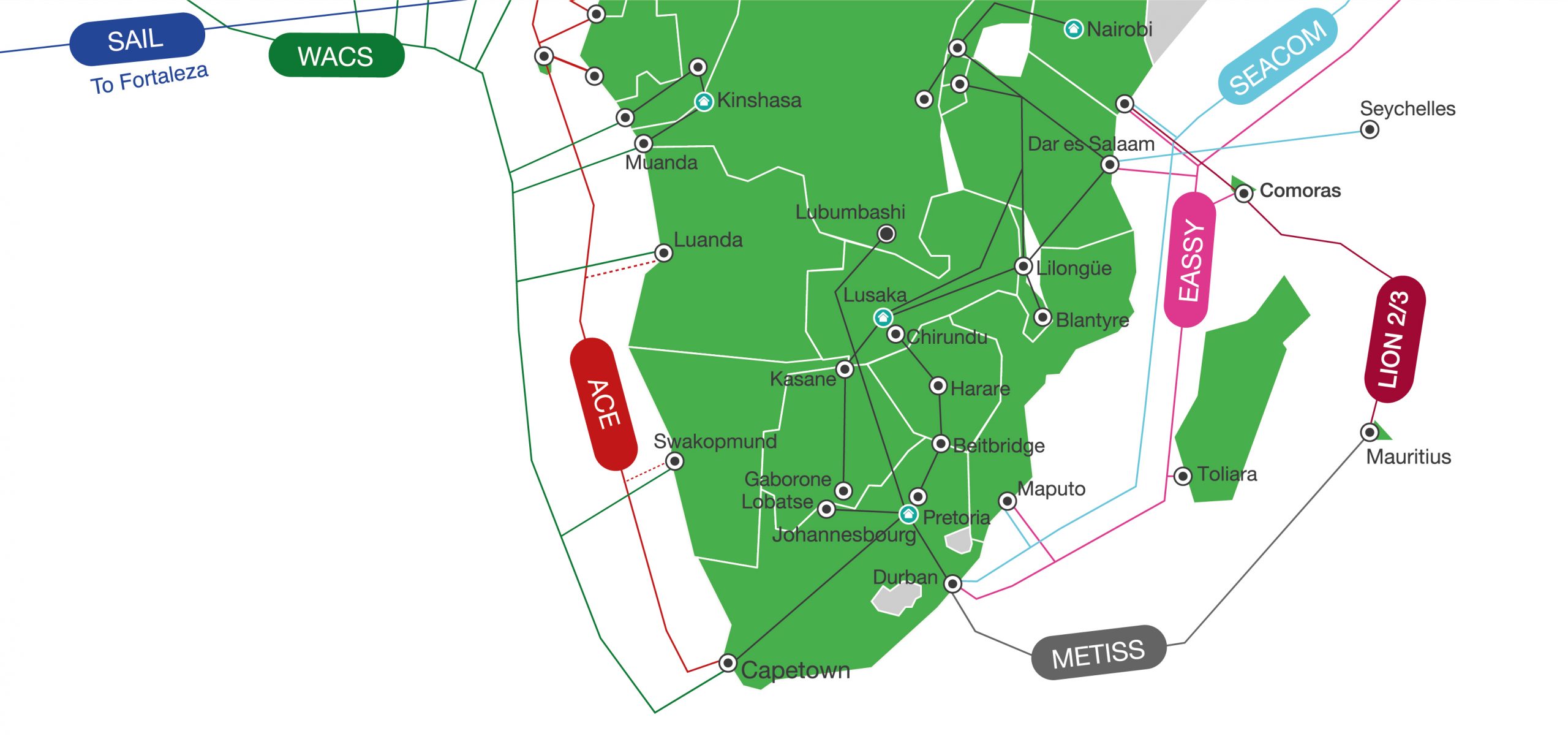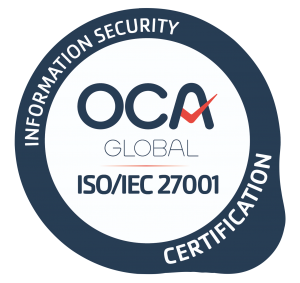The Status of Telecommunication in SADC
It has been two decades since the Southern African Development Community (SADC) passed the Declaration on Information and Communication Technologies, which broadly outlined a policy to cultivate the region’s telecommunication field. The policy was created to ensure that there is better regional integration and economic development in Southern Africa, to provide the same opportunities that technology has created in the rest of the world. Here’s a look at what progress has been made to bridge the digital divide. This article will explore the status of Telecommunications in SADC.
Information and communication technologies in SADC
SADC released a Regional Infrastructure Development Master Plan in 2012, in which it stipulated infrastructure roll-out until 2027. It found that although telecommunications infrastructure may have been in place in the region, the actual implementation of infrastructure was inefficient as a result of other sectors not being sufficiently developed. However, the technology has been embraced in areas with effective infrastructure implementation. The current status of information and communication technologies in SADC reflects the following:
- An estimated 60% of the SADC population has access to mobile technology. However, regional ranges vary between 20%-100%.
- Less than 25% of Internet traffic is exchanged between borders of neighboring SADC Member States. The rest is exchanged outside of the region.
SADC infrastructure development
Infrastructure development has been identified as a critical priority to serve as a catalyst in improving telecommunications in the region. SADC has earmarked some of the following actions to set this into motion:
- Broadband connections with open-access fiber should exist between all SADC Member States and their major cities.
- There should be a minimum of one Internet exchange point in each Member State.
- Affordable, high-speed Internet access to the public (terrestrial wireless or satellite technology may be necessary to reach remote areas).
- Landlocked Member States and small island Member States should have adequate access to undersea cables with backup routes for reliability.
- Information and communication technology connections must link between the SADC Member States and the rest of Africa, and the rest of the world.
- Private sector participation in telecommunications infrastructure should be encouraged, as it will aid public efforts.
- Sharing infrastructure and equipment costs where possible to minimize capacity costs while benefiting from extra reliability.
The status of SADC telecommunication
South Africa
The telecom sector infrastructure remains one of the most advanced on the continent. Recent focus has been on extending and improving internet service connectivity. The country has also attracted considerable investment to enhance network capabilities. When Telkom’s monopoly came to an end on international submarine fiber optic cables, there was a dramatic drop in the cost of telecom services. Connectivity is now expanded via new cables to India, Brazil, and the United States – all of which have further increased international bandwidth.
Namibia
While Namibia has a competitive internet and broadband sector. Prices have been high for international bandwidth due to a lack of direct connection to international submarine fiber optic cables. Operators have recently invested in diversifying their terrestrial access routes to neighboring countries.
Botswana
The country has one of the best mobile penetration rates on the continent and has seen a sharp rise in internet users in the last few years. The landlocked country used to depend on satellites for international bandwidth but now has access to additional cables in the region, bringing a drop in connectivity prices.
Mozambique
Fixed-line internet services have been encumbered mainly due to poor infrastructure, also affecting mobile internet accounts. International bandwidth used to be costly but has been reduced by the landing of the SEACOM and EASSY international submarine cables.
Zimbabwe
More than half of the population now has access to the internet since expanding 3G and LTE-based mobile services. Fixed broadband infrastructure has attracted investment to ensure slow but steady DSL connection growth. The landlocked country’s internet and broadband sectors used to be sluggish but have seen change after fiber optic links were created to neighboring countries’ submarine cables.
Malawi
With scarce resources to build adequate fixed-line telecommunication infrastructure. The country relies on its two mobile networks for voice and data service connections. With low mobile penetration compared to the regional average, the country holds promising growth opportunities, especially in the mobile broadband sector.
Zambia
The country has emphasized ICT development to create growth in its digital economy. Investment has recently been seen in a computer assembly plant, data centers, and ICT training centers. There has also been an extension of broadband access and better connectivity to international submarine cables.
Tanzania
Since the launch of mobile broadband services, mobile network operators are now the leading ISPs. The arrival of the first fiber optic international submarine cables a few years ago radically changed the market, which had been dependent on costly satellite connections. The telecom sector continues to enjoy effective competition.
Madagascar
There are developments in the country’s international connectivity following investments in the METISS cable, which connects to South Africa and Mauritius. The expected connection to the 2Africa cable will also provide additional links to the African continent and other international cable systems. There is also vast growth potential, with penetration rates across market sectors remaining below the African average.
AFR-IX telecom South Africa offers L2/L3 services and Direct Internet Access (DIA) services to any corporate companies located in South Africa. AFR-IX telecom provides IP transit that can be targeted from Johannesburg to any other country of origin on our Pan-African network. Should you want to discuss any of these options, contact our reliable team at AFR-IX telecom today.





